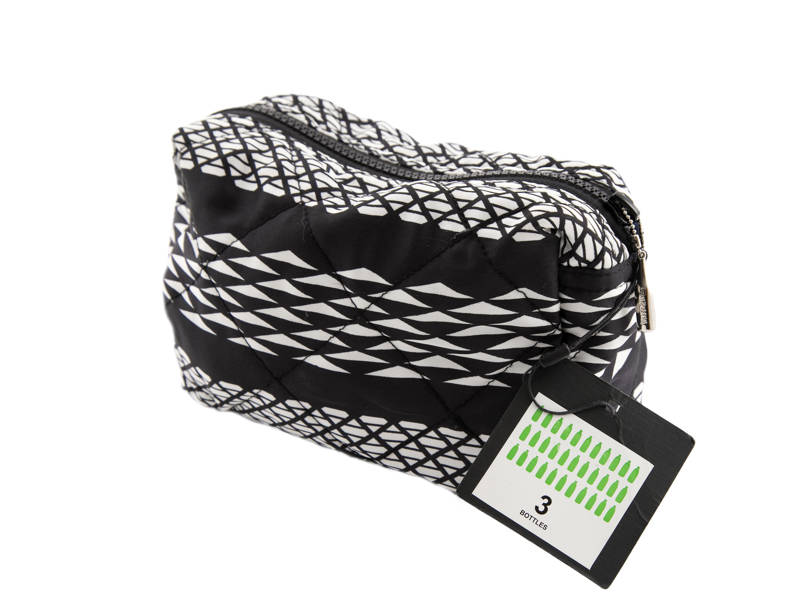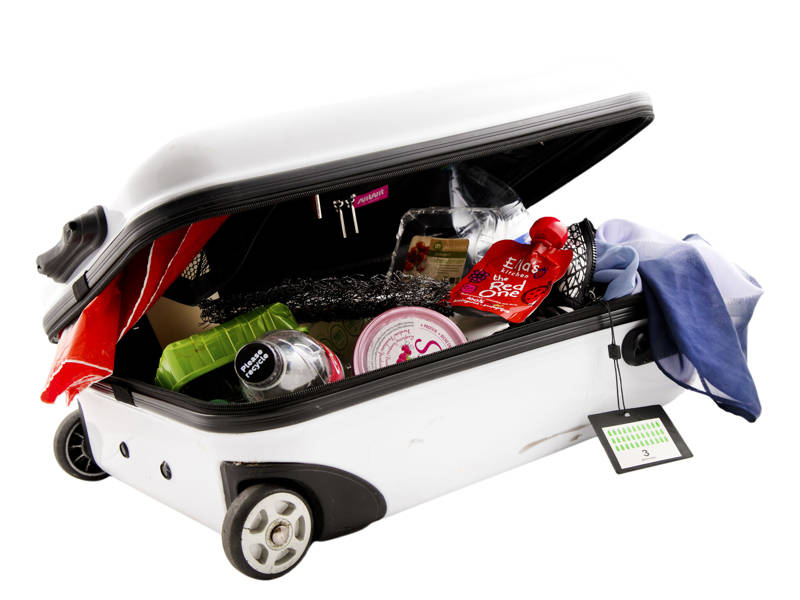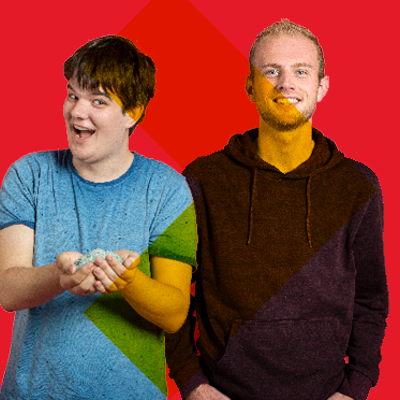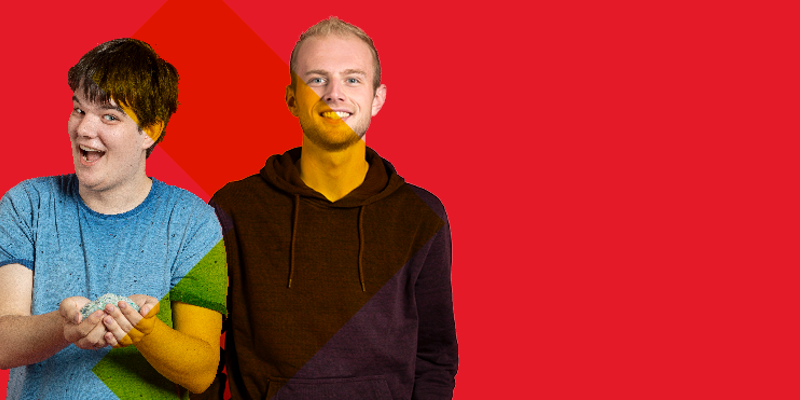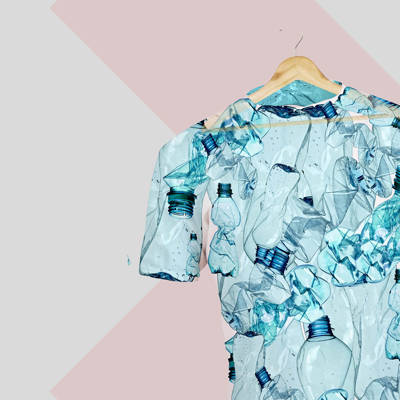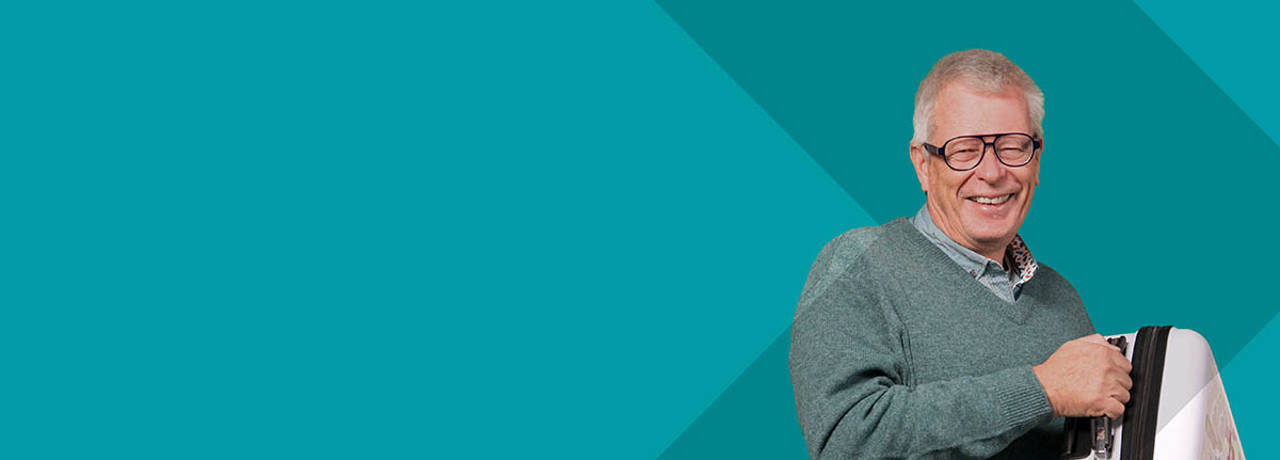
Jan Jager’s bag of tricks: in search of an alternative to plastics
“I call it my bag of tricks. I take it with me everywhere I go, we are inseparable,” says Jan Jager, professor (applied sciences) at the Circular Plastics and Sustainable Plastics professorships. He is referring to his special suitcase. In his lectures and keynotes, he shows examples of bio-degradable and recyclable plastic packaging materials, which he keeps in his suitcase. Jan: “You can use a thousand words to explain something but showing something often says so much more. My suitcase is now jam-packed with items, because this area is developing at a blistering pace."
A lot of attention is being paid to plastics at the moment. If it is not about compostable packaging of biological bell peppers, the news is dominated by the Ocean Cleanup of Boyan Slat. Both the Circular Plastics and the Sustainable Plastics professorships are reaping the benefits of this. Jan: “We here at NHL Stenden connect to what happens around us in society. Students are showing more and more interest in our subject. Our minor is even attracting students from other universities of applied sciences. I am unable to fix the issues surrounding plastics, but I can create awareness among our youth and to make sure they will start to address it.”
Bio-based plastics
Plastics are made from petroleum and sooner or later, this raw material will run out. In the Sustainable Plastics professorship, students are in search of alternatives such as bio-based plastics, while, in the Circular Plastics professorship, the focus lies on recycling plastics. Bio-based plastics are made from biomass, such as wood, sugars, or vegetable oil. This does not run out and it puts less of a strain on the environment. Jan uses his suitcase to show what is going on and what is possible in this subject area. One of the items in the suitcase is a red plastic bag from Kruidvat [grocery store] with a text that reads: ‘this is a green bag’. The bag is made from cane sugar and has the same properties as a petroleum-based bag: it feels the same and it looks the same. It is not biodegradable, but it is recyclable.
Recycling has value
Another item in the suitcase is a compostable bag that Jan brought back from a supermarket in Italy. This bag will only decompose in an industrial compost heap. Jan: “Yet another example is the Coca-Cola bottle I got on the airplane. It is partially bio based. You can tell by the special ‘Plant Bottle’ logo. I also have example of how you can make new products out of recycled plastics, such as my secretary’s scarf that she got from Claudia Sträter. The scarf is made from PET bottles. Used PET bottles can be spun into new yarn. This yarn can be made into a fabric and voilà, you’ve got yourself a scarf. The same goes for a toiletry bag by Claudia Sträter that I also have in my suitcase. It is made out of three PET bottles. It just goes to show, recycling has value. But you do have to do it.”
Unique value The pièce de résistance in Jan’s bag of tricks is a cream jar. Up until now, it was impossible to make 100% bio-based polyester (PET). However, in the subsidised project BioBTX, a collaboration between University of Groningen, Syncom, BioBTX, Sunoil Biodiesel, Cumapol, and NHL Stenden, this has been achieved. “It is a unique accomplishment in the Netherlands and Europe and it is absolutely something to be proud of. We are working to scale up this process. I am even more proud of the fact that we have put Emmen and the Netherlands on the map in the area of sustainability, circular economy, and green chemistry. We have achieved this by working together: the industry, government, and education. We often consult each other and keep a close relationship. It works well and it is yielding positive results.”
Mission
Jan will retire in a few years. It is something he is still coming to terms with, because there are so many themes he would like to sink his teeth in and his work continues to enthuse him. “I enjoy going to work each day. It is my goal to contribute and to make people aware of the issues. Plastic is a beautiful material to work with. Glass is dangerous and metal is too heavy. Plastics are light, bendable and strong. You just need to process it in the right way. This starts with Design for Recycling, when products are designed. People often see images of the plastic soup. I do always confirm that there is a problem, but that we are working to find a solution as well. Step by step, we are going in the right direction.”
